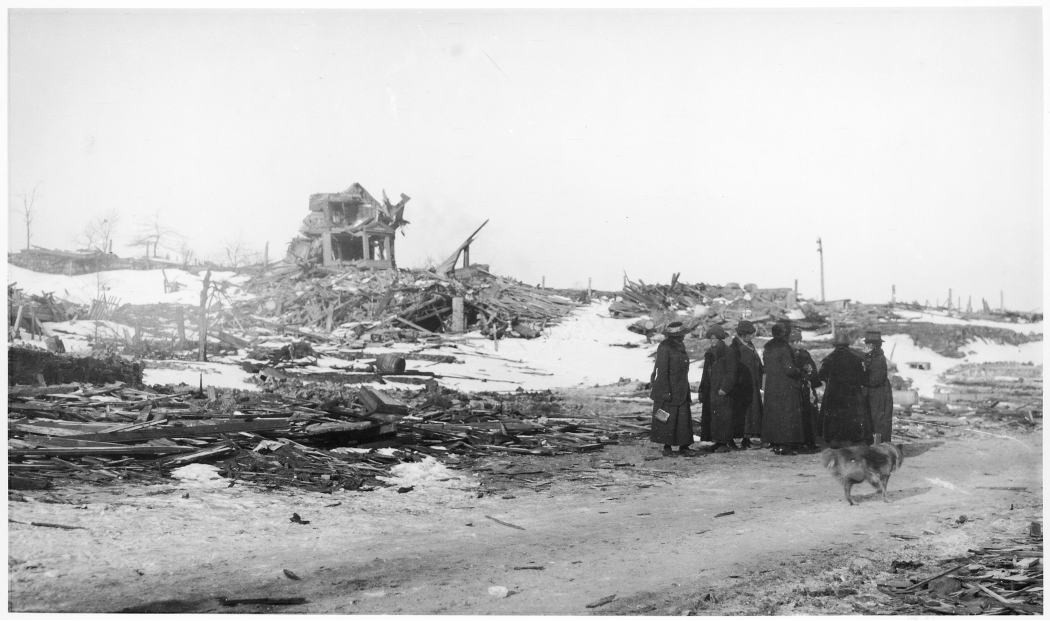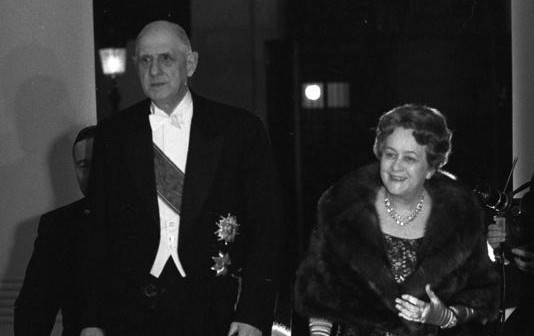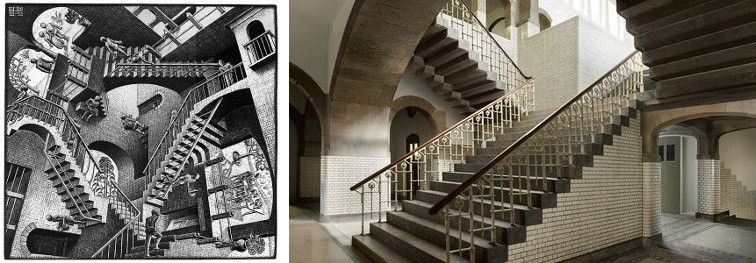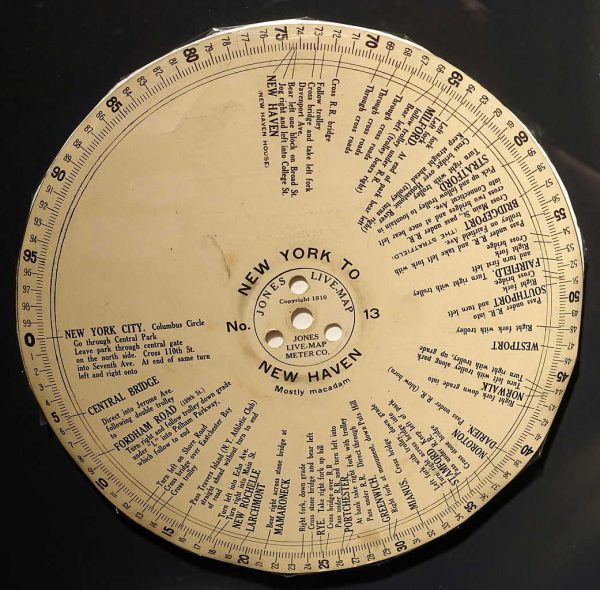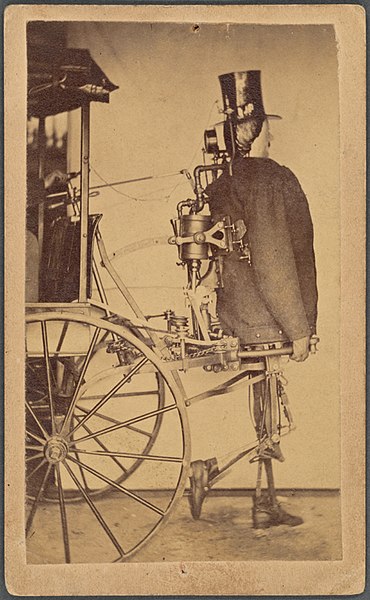
I’ve written about this before, but I hadn’t realized a photo existed: In 1868 (!) Zadoc Dederick and Isaac Grass patented a steam-powered robot that pulled a cart. They invested $2,000 in a prototype, hoping to mass-produce top-hatted walking servants for $300 apiece.
The plan never went through, but it lives on in another way: The invention may have inspired Edward Ellis’ 1868 novel The Steam Man of the Prairies, in which a steam-powered robot carries teenage inventor Johnny Brainerd through a series of adventures:
It was about ten feet in height, measuring to the top of the ‘stove-pipe hat,’ which was fashioned after the common order of felt coverings, with a broad brim, all painted a shiny black. The face was made of iron, painted a black color, with a pair of fearful eyes, and a tremendous grinning mouth. A whistle-like contrivance was made to answer for the nose. The steam chest proper and boiler, were where the chest in a human being is generally supposed to be, extending also into a large knapsack arrangement over the shoulders and back. A pair of arms, like projections, held the shafts, and the broad flat feet were covered with sharp spikes, as though he were the monarch of base-ball players. The legs were quite long, and the step was natural, except when running, at which time, the bolt uprightness in the figure showed different from a human being.
“Jump up there, and I’ll give you all a ride!”
09/09/2024 UPDATE: In 1897 a reader sent the same photo to the Strand, writing, “My brother sent it from the United States nearly thirty years ago.”
